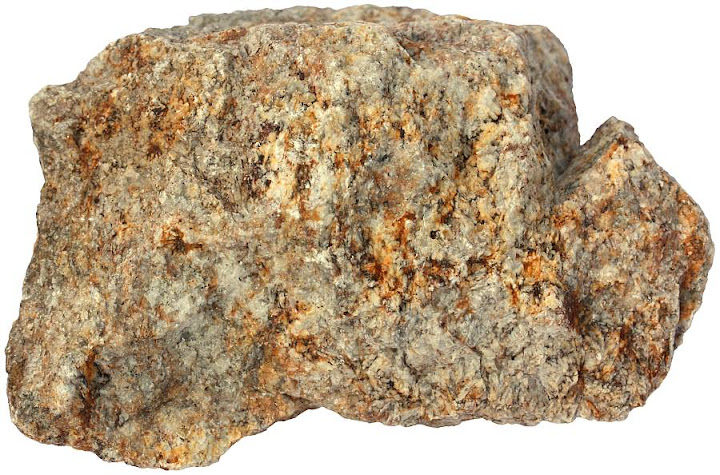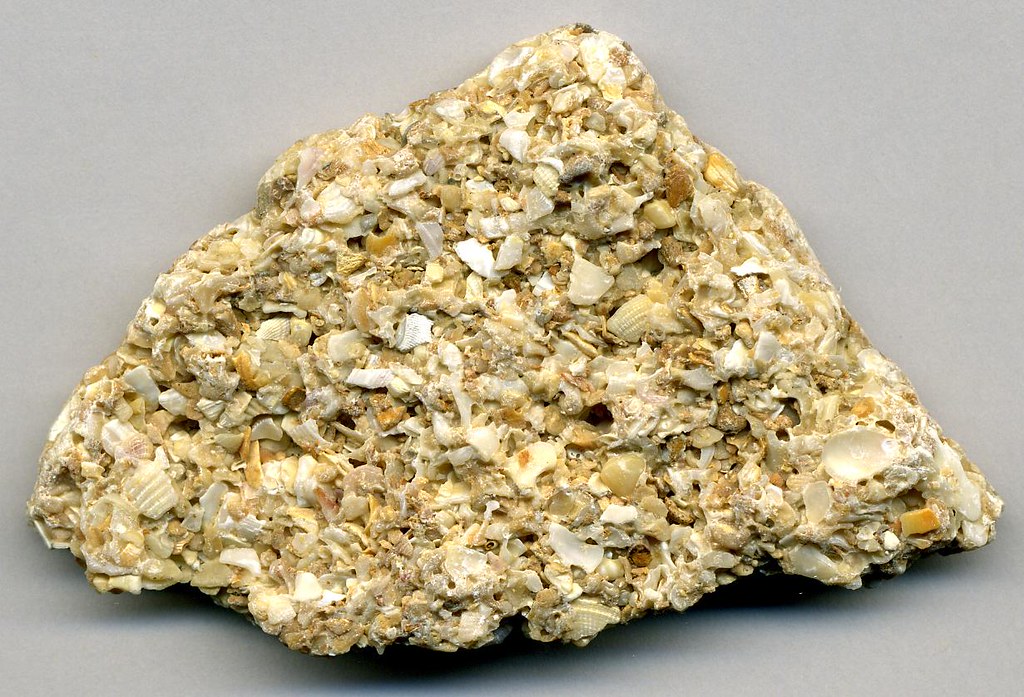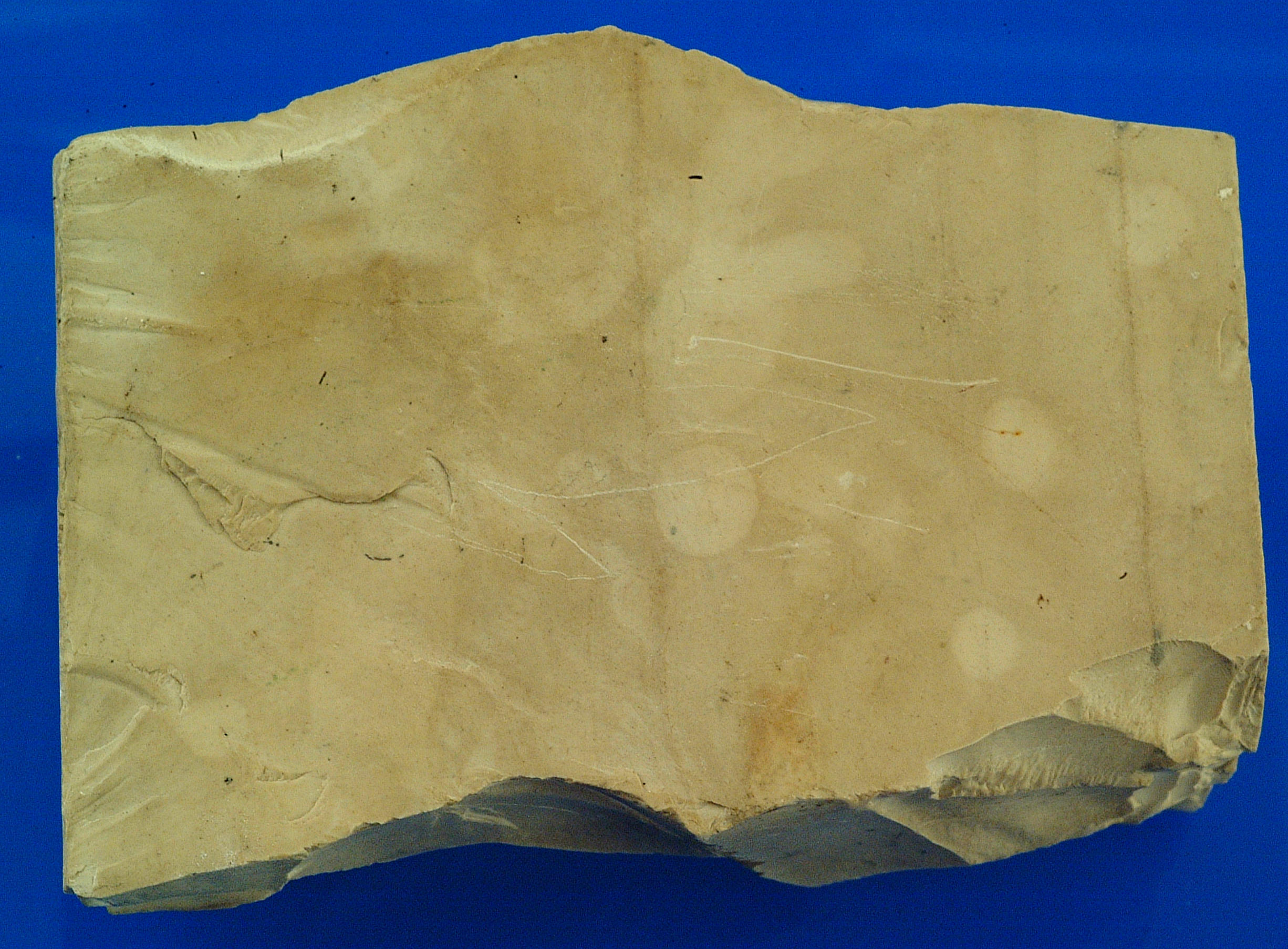
This is an accessible EarthCache that will take you to the War Memorial in Ipswich.
Here you will undertake a geology lesson as you visit this memorial.
As this is an EarthCache you need to send me your answers via email or the message centre.
Types of Rocks
There are three types, Igneous, Metamorphic and Sedimentary.
Sedimentary rocks are types of rock that are formed by the deposition and subsequent cementation of that material at the surface and within bodies of water. Sedimentation is the collective name for processes that cause mineral and/or organic particles to settle in place. The particles that form a sedimentary rock by accumulating are called sediment. Examples of this rock are sandstone and limestone.
Igneous rock is formed through the cooling and solidification of magma or lava. An example of igneous rock is granite, whcih forms from the slow crystallisation of magma below Earth's surface
Metamorphic rocks arise from the transformation of existing rock types, in a process called metamorphism, which means "change in form".The original rock is subjected to heat and pressure, causing profound physical and/or chemical change. An example of this is marble.
-----------------------------------------------------------------------------------------------------------------
Limestone is a sedimentary rock composed mainly of calcium carbonate in the form of calcite, a mineral. A common building material especially in ancient times due to the decorative look of the rock and its propensity to being easily carved. It most commonly forms in clear, warm marine waters and may contain bedding planes and fossils such as corals, shells and marine life,. Limestone is often a light coloured rock, but some may be variously coloured including darker colours. which suffers from chemical weathering, as a result of acid rain.
There are many different varieties of limestone, for example:
Chalk - very fine texture that is usually white or light grey in colour. It is formed from the remains of shells from tiny marine organisms, or the remains from many types of marine algae.

Tufa - a limestone produced by precipitation of waters containing calcium at, for example, a hot spring or lake shore.

Coquina - is composed mainly of debris from broken shells. It often forms on beaches where wave action separates out shell fragments of similar size.

Lithographic Limestone – dense rock with a very uniform grain size that occurs in thin beds which separate easily to form a very smooth surface. ----------------------------------------------------------------------------------------
----------------------------------------------------------------------------------------
Questions
1. Go up the steps to the main body of the memorial where the metal sculpture/ ornament is. Please describe for me the colour, texture and composition of the rock at this specific part of the Memorial.
2. Now, observing the other 3 sides of the plinth, compare the colour, texture and composition of the rock to Q1.
3. From the EarthCache description and your previous answers, what type of limestone do you think the plinth is made from, and why?
4. Please add a photo of you or your GPS at the memorial though not giving any answers away :)
***** PLEASE NOTE IMPORTANT *****
CACHES ARE NOT ALLOWED TO BE PLACED ON ACTUAL MEMORIALS OR WITHIN THE BOUNDARY OF SUCH
AT ALL TIMES PLEASE TREAT LOCATIONS OF MEMORIALS WITH RESPECT